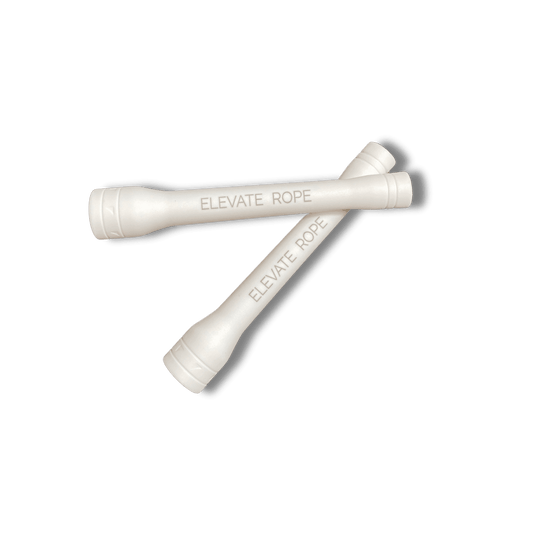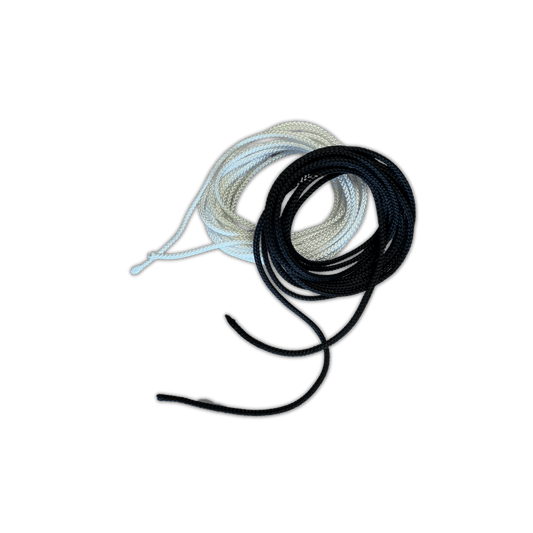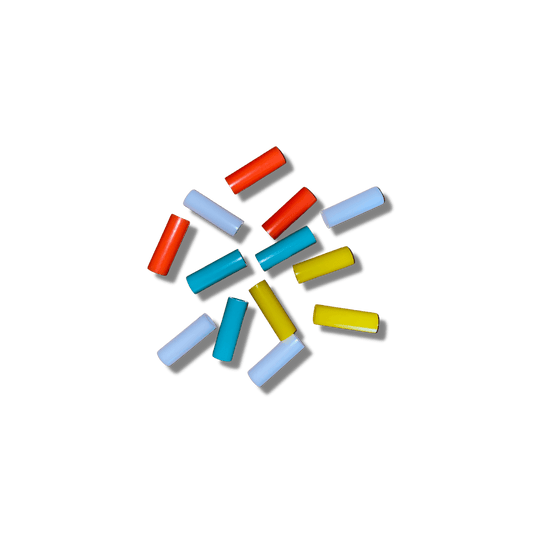Cancer is a feared disease. Two-thirds of respondents in a recent poll revealed that they were more afraid of receiving a cancer diagnosis than any other medical condition. Cancer patients get scared because they have to undergo chemotherapy.
The Princess of Wales, Kate Middleton, just finished her chemotherapy after nine months, reveals a recent feature of Yahoo News. She calls the “nine” months scary and “incredibly tough” for her family.
While chemotherapy helps kill fast-growing cells in the body, its side effects are unpleasant.
Fatigue, hair loss, and nausea, to name a few, are side effects of cancer treatment. These can disrupt the normal routine of cancer patients.
The thought of experiencing these side effects overwhelms patients. That’s where you come in. As a healthcare provider or a caregiver, you can make those hours spent in the treatment chair a bit more bearable for your patients.
Here, we’ll discuss a few small, thoughtful ways you can make chemo sessions more comfortable for your patients.
#1 Create a Warm, Welcoming Environment
Chemotherapy is not as scary as it sounds. Yet, patients often experience stress and anxiety before the session, especially the first one. This can keep the body from healing as well as it should, says NCI.
Make your patients feel as comfortable as possible. The treatment room can often feel sterile or clinical. But adding personal touches can create a more homey, soothing vibe.
Soften the lights. Those fluorescent light bulbs can be harsh. Opt for softer lighting wherever it’s possible.
Offer cozy blankets and pillows as well. They can make your patients feel more relaxed.
Don’t give them dull and dreary white or brown hospital blankets. Rather, provide them with fun print blankets. Weighted blankets are also great. They are comforting and calming.
You can even ask patients to bring something from home that makes them feel more at ease—maybe a book, magazine, or a tablet.

#2 Implant a Port-a-Catheter
Most cancer patients need multiple rounds of chemotherapy. That is, they have to deal with multiple needle sticks.
IV fluids? Poke. IV medication? Poke. Dye injection during a PET scan? Poke. All those pokes can be hard on your patients’ veins and nerves.
Repeated needle pricks can cause pain as well as damage the nerves. Save your patients from needlestick injuries by implanting a port-a-catheter under their skin.
This small device is usually lodged in the arm or the chest and is connected to a large vein. This port provides quick and easy access to draw blood or administer chemo without repeatedly poking the patient’s veins.
The best part? Once it’s healed, the port is barely noticeable. Patients can go about their daily lives without worrying about IV lines.
Just a heads up, avoid going for Bard implantable ports.
Patients are filing chemo port lawsuits after Bard PowerPort devices fracture and malfunction.
Carrie Nedved, an Iowa woman, pursued damages from the manufacturers of Bard PowerPort after the device fractured and migrated to her heart. She got the port implanted to receive chemotherapy drugs for the treatment of breast cancer.
Localized pain, swelling, and discomfort or unusual sensations in the chest or neck area are a few port-a-catheter migration symptoms.
According to TorHoerman Law, the catheter material—silicone or polyurethane infused with barium sulfate—can cause the port to fracture. Hundreds of other people have filed lawsuits against Bard Access Systems, Inc. and Becton Dickinson, the makers of Bard.
Hence, it’s best to steer clear of Bard and opt for another safer brand for your patient’s safety.
#3 Keep Snacks and Drinks on Hand
Many patients don’t have much of an appetite during chemo. Still, it’s always nice to offer food.
To keep your patients’ energy levels high, provide them with a variety of snacks like crackers, pretzels, fresh fruit, or protein bars.
Small, easy-to-eat items that aren’t too heavy on the stomach are excellent options. Those can include yogurt, nuts, or granola for a healthy mix of protein and fiber.
Offer healthy and nutritious options, but don’t shy away from those “comfort snacks.” A small piece of chocolate, for instance, can lift your patients’ spirits in a big way.
Dehydration is a common side effect of cancer treatment. Provide water, so your patients can keep themselves hydrated.
Cold, clear liquids such as iced tea, ginger ale, or fruit juice can help patients manage chemo-related nausea. Sparking water is another excellent option. According to Breastcancer.org, sparkling water, with a splash of juice, soothes the stomach.
Wrapping Up
It’s normal for patients to feel scared about undergoing chemotherapy. You can, however, make the experience less scary by following these tips.
Everyone copes with chemotherapy differently. What works for one patient might not work for another. So, pay attention and be attentive to their needs. It might not matter to you much, but your efforts can make a world of difference.
Small comforts, along with your care, can help ease some of the weight they’re carrying through this tough process.
Enjoy this Article? You May Also Like:
- The Guide to Landing a Certified Yoga Instructor Job: Tips and Tricks
- Benefits of Massage Therapy After a Car Accident
- Medical Misdiagnosis: The Role of Second Opinions in Preventing Medical Misdiagnosis
- How to Access and Download Coaching Videos Easily
- Health is Wellness: Beginners Guide to Conquering the Gym and Your Lifestyle






